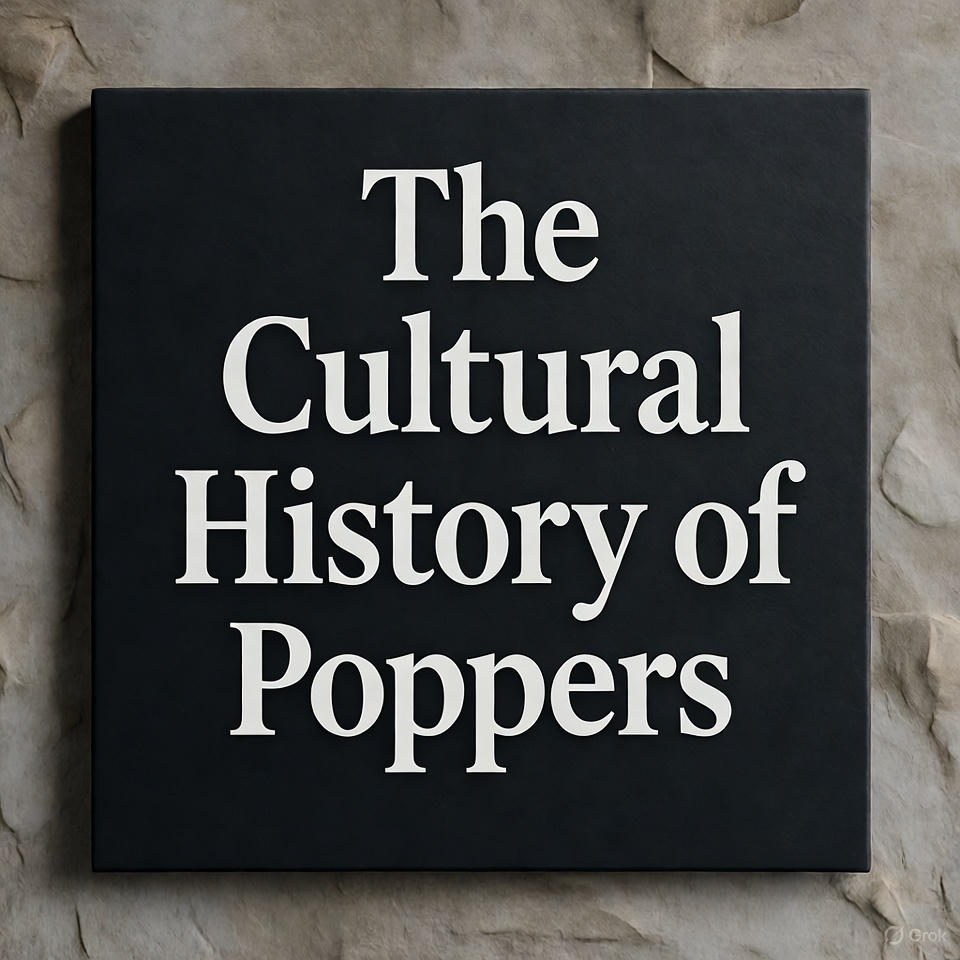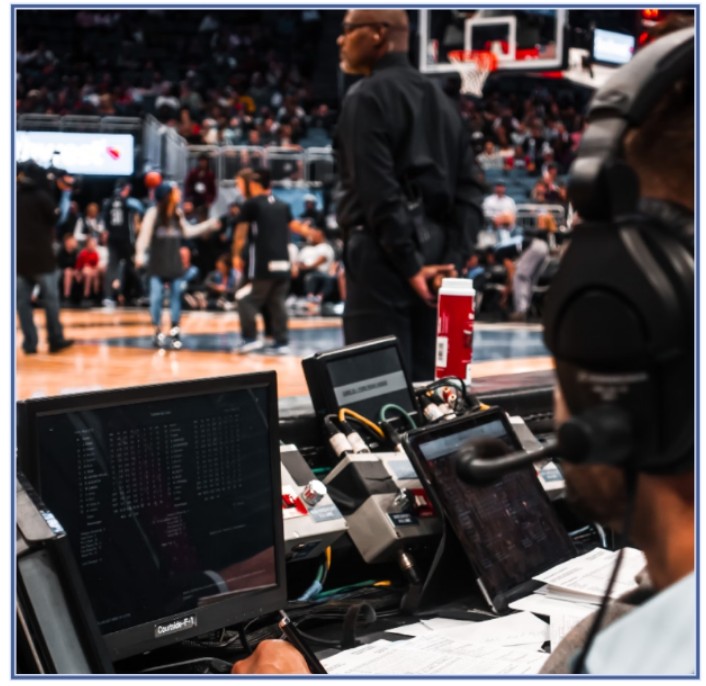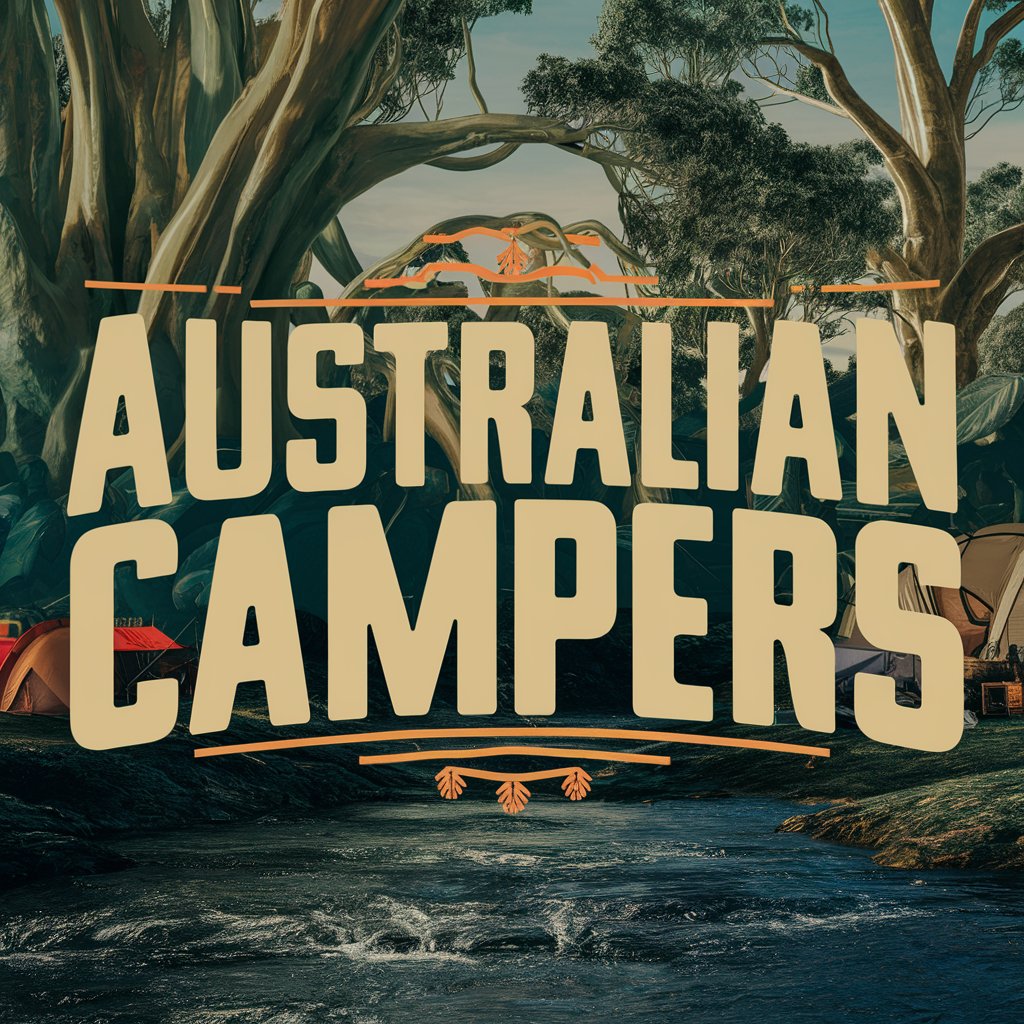Poppers-the glass bottles packed with mischief. Just don’t crack them open if you don’t want a fizzy rush of euphoria yet. They’ve come a long way, from being used in sterile medical labs to being the party fuelers on sweaty dance floors. An estimated 3.3% of U.S. citizens use poppers, according to a study conducted between 2015 and 2017. And among them, the LGBTQ community. Today, these numbers have surged, and more people want a taste of the unique, alternate reality that they take everyone who uses them to.
But let’s take it back to the distant past with poppers. You now know them as poppers; partyholics revere them, and pop culture idolizes them. But way back in 1844, their current reality was a distant imagination, almost non-existent. Medics initially knew them as amyl nitrate, a substance that Antoine Jérôme Balard synthesized to aid in angina treatment, a heart condition that restricts blood flow. The name ‘poppers’ isn’t just a random coining, but comes from the pop sound they make when the bottles are cracked open.
It was in the 1960s when Poppers got their jailbreak, moving from hospital walls into the streets. They lit up the party scenes and fit right into the gay life night circles at the height of the call for freedom of self-expression and sexual liberty. These bottles were not only affordable but also effortlessly accessible, which is why they quickly became a phenomenon. Besides, no one wanted to break the bank on any other substance that would take hours for the euphoria to kick in. Poppers had their way of doing things fast.
Right into the 80s, poppers sealed their place as the cultural icon in LGBTQ+ spaces and as a symbol of carefree hedonism. This was the era of sexual freedom, and any whiff of popper’s scent enforced the struggle and spirit to push for the recognition of the gay community. However, things can turn quickly, which could see their use decline over the next few decades. The AIDS crisis pushed authorities to restrict their use and even ban the substance altogether, associating it with the emerging health risks.
But popper bottles weren’t going to give up the fight by surrendering themselves to oblivion. Despite their suppression of use, the 1990s and 2000s were defining for their existence, as this period saw poppers going global. Their entry into the rave culture was grand. Their presence in electronic music festivals and mainstream pop references gave them tremendous renown. Their energy resonated with almost every pop culture spotlight. Pop stars like Madonna and Lady Gaga openly celebrated queer culture, nightlife, and sexual freedom. And with poppers in the middle, they embodied their symbolic, sensual, and liberated energy.
Poppers online have now cemented their place in nightlife culture and are at the heart of party life. And since they wholly embody the spirit of discovery, self-expression, and defiance, they fit perfectly into the LGBTQ+ community’s jigsaw. These bottles aren’t just a relic of the disco days, but a living link between the past and the present life of the party. Poppers come in tiny bottles that fit inside a palm, but unveil a world that we reminisce about and the present vibrance we live in every day.






